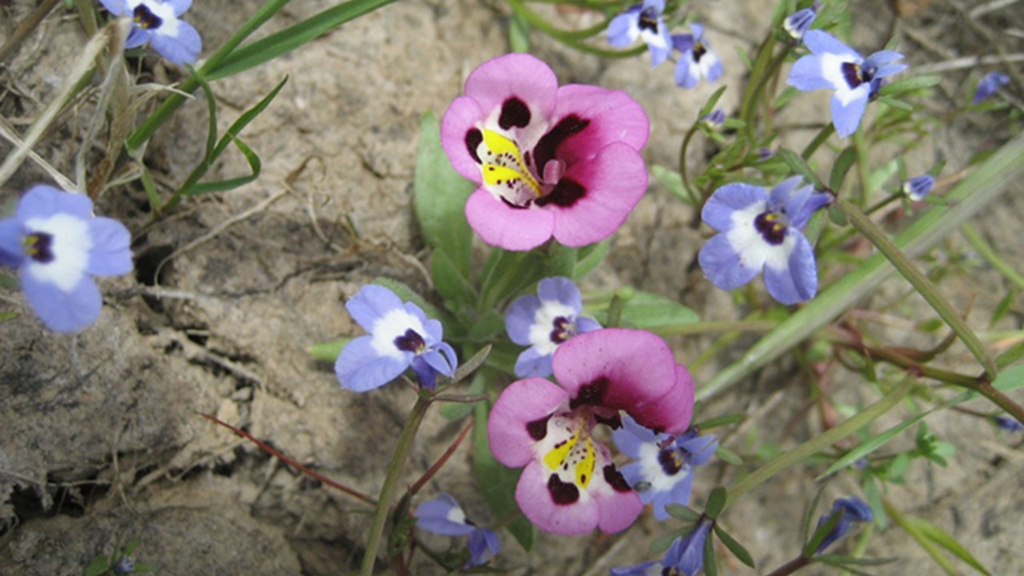Abstract
This case study in restoration ecology utilizes two peer reviewed articles that ask a similar question about the effects of grazing in temporary wetlands, yet the articles have different conclusions about these effects. Students are challenged to think critically about how land management decisions, especially ecological restoration projects, are not black and white and can have unique outcomes. Using California vernal pools, or temporary wetlands, as the chosen ecosystem, students have the opportunity to learn about an ecologically dynamic habitat. In addition to learning about vernal pools, students construct an argument based on evidence while also identifying potential biases when the same question is tackled from different perspectives. The case was designed for an upper division environmental science or ecology course and would be appropriate for any course that involves restoration ecology, land management or scientific policy. Two optional PowerPoint presentations are included that provide background, detail, and structure to the classroom tasks.



